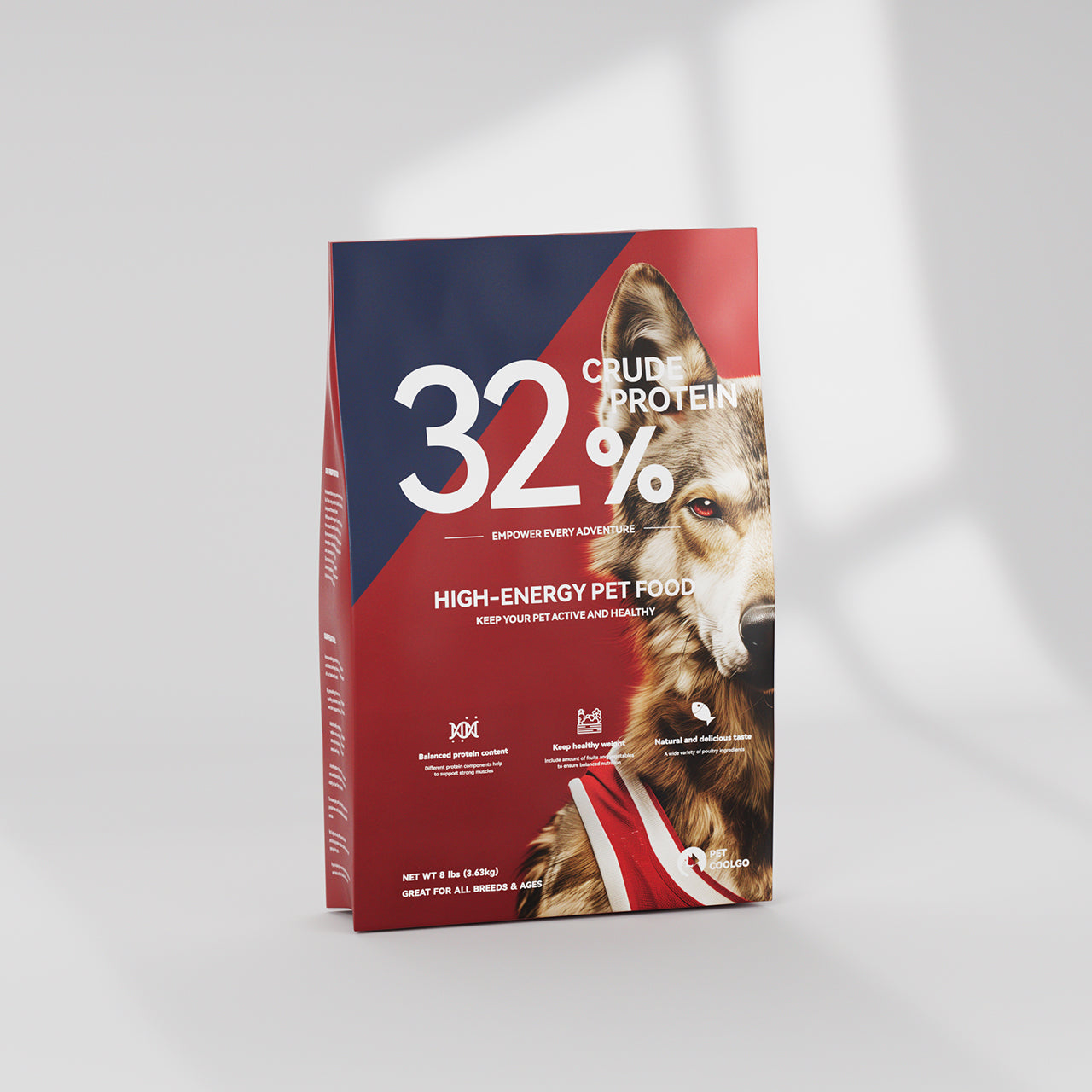Unlock the Secret to Choosing the Perfect Grain-Free Dog Food for Your Furry Friend!
In recent years, grain-free dog food has surged in popularity among pet owners, sparking a debate about its benefits and suitability for all dogs. With many dogs experiencing various health issues, such as allergies and digestive problems, the demand for alternative diets has never been higher. Grain-free options promise not only to alleviate these conditions but also to enhance overall well-being and vitality. However, with so many products flooding the market, it’s essential to make an informed choice for your furry friend. This article aims to evaluate various grain-free dog food options, helping you determine what might be best for your pet's health and happiness.

Understanding Grain-Free Dog Food
Grain-free dog food is exactly what it sounds like—dog food that does not contain grains like wheat, corn, or rice. The nutritional philosophy behind grain-free diets is rooted in the idea that dogs are primarily carnivorous and thrive on a diet that mimics their natural eating habits. Proponents argue that grain-free diets can lead to improved digestion, reduced food allergies, and a shinier coat. For instance, a close friend of mine switched her dog to a grain-free diet after noticing persistent itching and digestive upset. Within weeks, her dog’s symptoms began to improve significantly. This anecdote reflects a growing trend among pet owners who are seeking alternatives to traditional dog food that includes grains.
Evaluating the Ingredients
When it comes to grain-free dog foods, the quality of the ingredients is paramount. Not all grain-free options are created equal, and it’s crucial to scrutinize the ingredient list. Look for high-quality proteins, such as chicken, beef, or fish, as these are essential for muscle development and overall health. Healthy fats, such as omega-3 and omega-6 fatty acids, should also be included to support skin and coat health. Additionally, incorporating fruits and vegetables can provide essential vitamins and minerals. A friend of mine who is a veterinarian often emphasizes that the first few ingredients should be identifiable food sources rather than vague terms like “meat meal” or “by-products.” This advice highlights the importance of transparency and quality in your dog’s diet.
Common Misconceptions About Grain-Free Diets
Despite the rising popularity of grain-free dog food, several misconceptions persist. A common myth is that all dogs require grains for a balanced diet. In reality, many dogs can thrive without them, and some may even experience adverse reactions to grains. Research has shown that certain breeds may be more predisposed to grain sensitivities, leading to issues like inflammation or skin irritations. Additionally, another misconception is that grain-free diets are inherently healthier; while they can be beneficial, it’s essential to remember that not all grain-free foods are nutritionally balanced or suitable for every dog. Understanding these misconceptions can guide pet owners toward making better-informed decisions for their pets.
How to Choose the Right Grain-Free Dog Food
Selecting the right grain-free dog food involves several practical considerations. First and foremost, reading labels is crucial; familiarize yourself with ingredient lists and nutritional information to ensure you’re choosing a product that meets your dog’s specific needs. Consulting with your veterinarian can provide tailored advice based on your dog’s health history and dietary requirements. Additionally, consider your dog’s preferences—some pets may be more receptive to certain flavors or textures. Transitioning to a grain-free diet should be done gradually, mixing the new food with the old to avoid digestive upset. This approach ensures a smoother transition while monitoring for any adverse reactions.
Making Informed Decisions for Your Pet's Diet
In conclusion, choosing the right grain-free dog food is a significant decision that requires careful consideration of various factors, including ingredient quality, common misconceptions, and your dog’s individual needs. As we’ve discussed, grain-free diets may offer numerous benefits, but it’s essential to make an informed choice backed by research and professional guidance. Remember that your furry friend’s health and happiness are paramount, so take the time to evaluate different options and consult with your veterinarian to find the best fit. By doing so, you can ensure your beloved pet enjoys a nutritious and fulfilling diet that supports their well-being.






commentaires